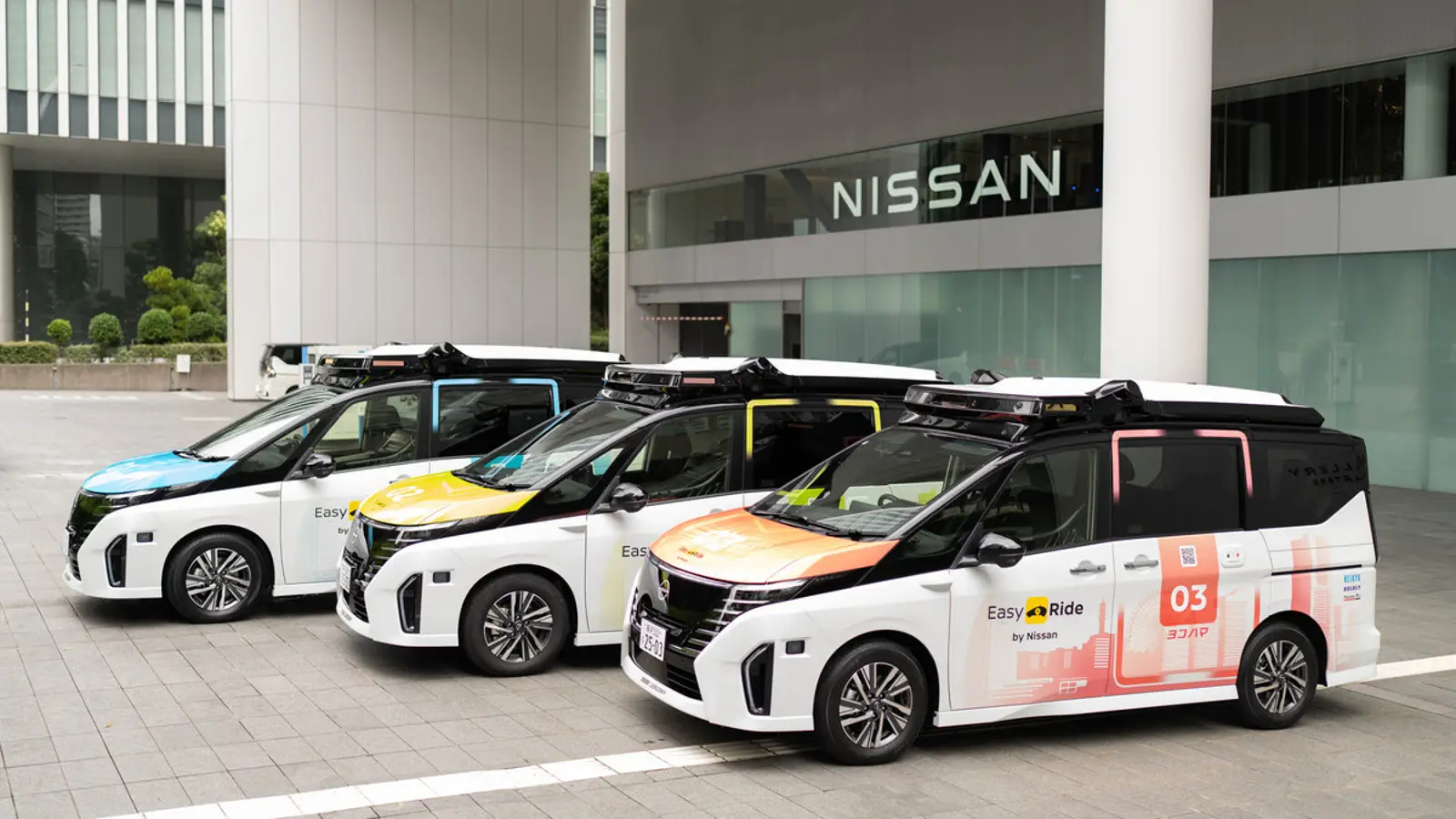News
Nissan launches Easy Ride autonomous mobility pilot in Yokohama

Nissan starts autonomous mobility pilot in Yokohama from November 2025, with five Serena minivans operating across Minato Mirai and other districts to test future mobility services.
This autumn, Yokohama will become the stage for an ambitious test of Nissan’s autonomous vehicles — a project that could reshape urban mobility in Japan. In partnership with BOLDLY Inc., Premier Aid Inc., and Keikyu Corporation, Nissan will launch a pilot program running from November 27, 2025, to January 30, 2026. Five Nissan Serena minivans equipped with SAE Level 2 autonomous systems will operate across the Minato Mirai, Sakuragi-cho, Kannai, and Chinatown districts.
To oversee operations, a remote control and monitoring hub named PLOT48 will be established in the Minato Mirai area. From there, specialists will track every vehicle in real time. Each partner has a distinct role: BOLDLY Inc., a SoftBank subsidiary, provides the remote monitoring platform; Premier Aid Inc. handles passenger support and emergency response; and Keikyu Corporation, a regional transport operator, helps integrate the service into the city’s transit network.
The trial also invites public participation. Around 300 volunteers will be recruited by the end of October to experience free rides between 26 designated locations and share feedback on their journeys. Their impressions will be vital in assessing how well the autonomous service fits into daily urban life.
Easy Ride has been in development since 2018, when Nissan first tested autonomous shuttles in Yokohama in collaboration with DeNA. Since then, the program has evolved through several stages, forming part of Nissan’s long-term strategy to introduce fully driverless mobility services by fiscal year 2027.
Against the backdrop of Japan’s new transport legislation, which since 2023 allows Level 4 autonomous operations in specific zones, the Yokohama pilot takes on added importance. The city’s Yokohama Mobility Innovation initiative positions it as a proving ground for next-generation mobility systems under real urban conditions.
Though modest in scale — five vehicles and a handful of routes — the project hints at broader ambitions. These autonomous minivans could bridge gaps in the “last-mile” segment between train stations and residential areas, offering new solutions for Japan’s aging population. For many residents, it represents not just a technological experiment, but a glimpse of a more accessible and connected urban future.
2025, Oct 06 12:27


